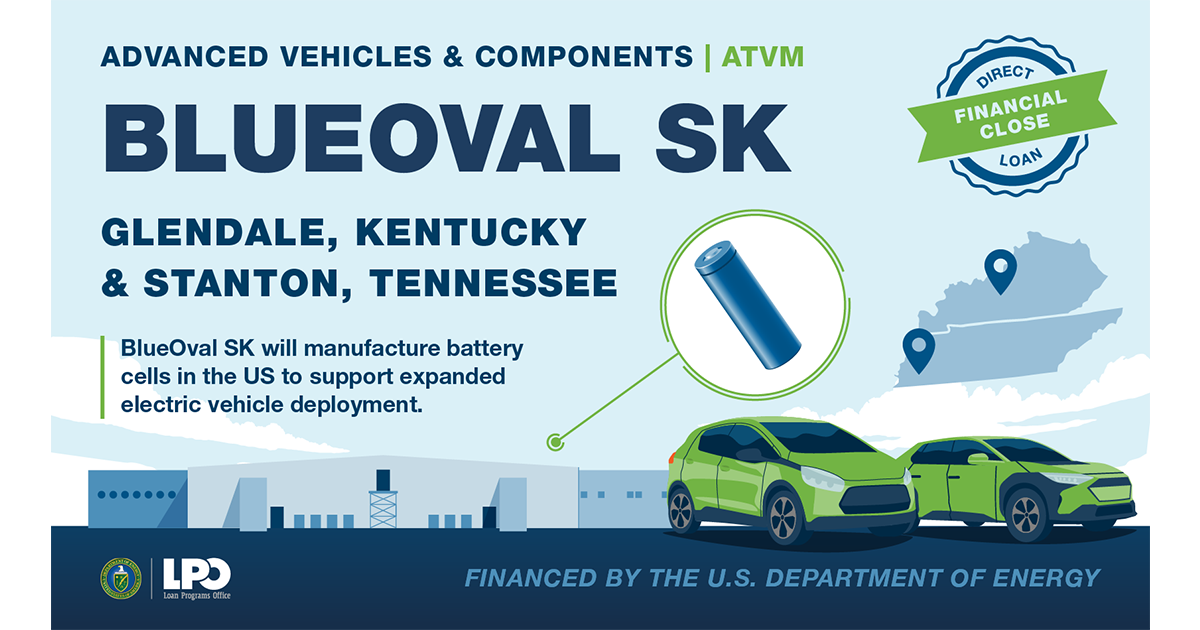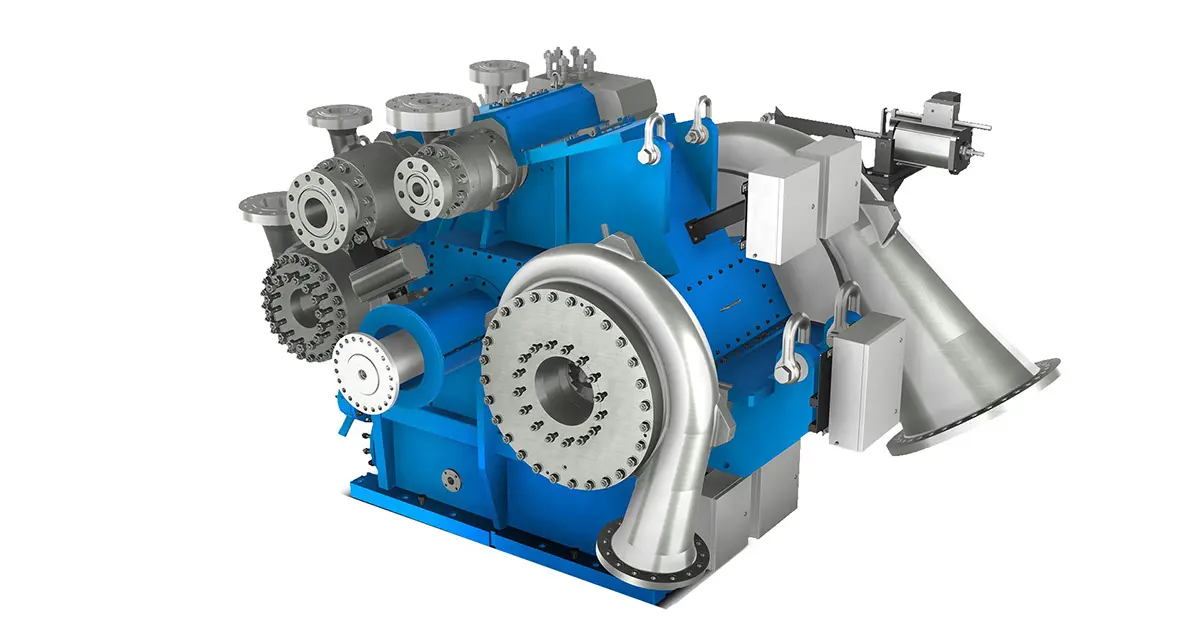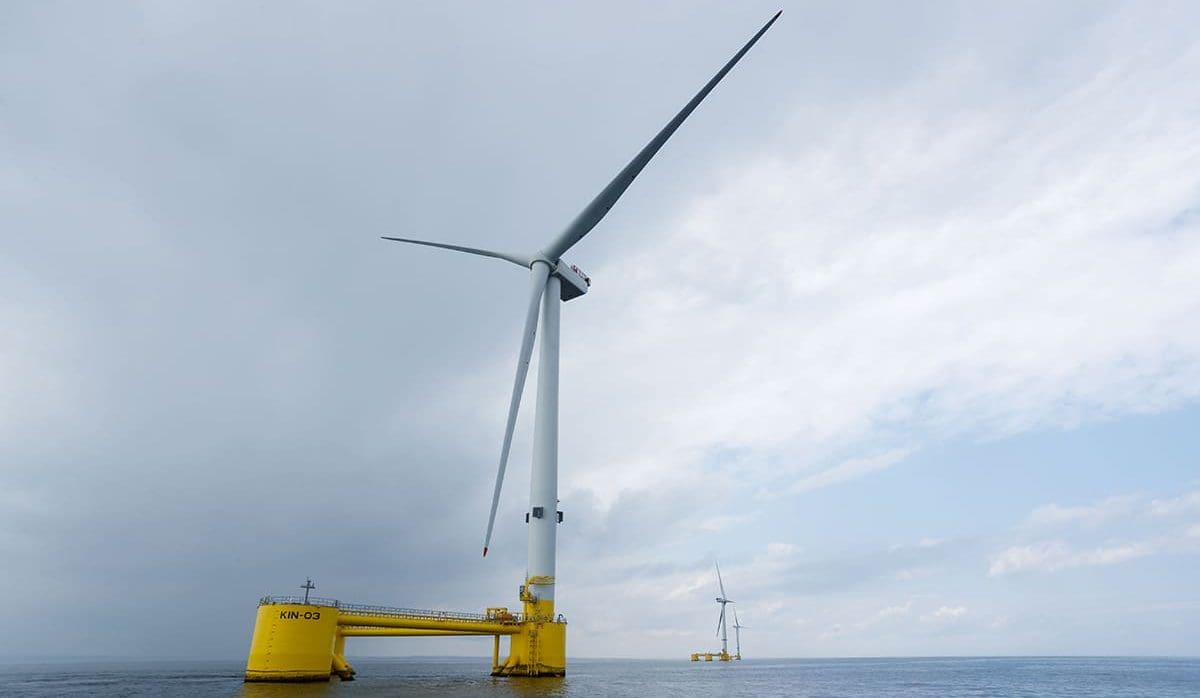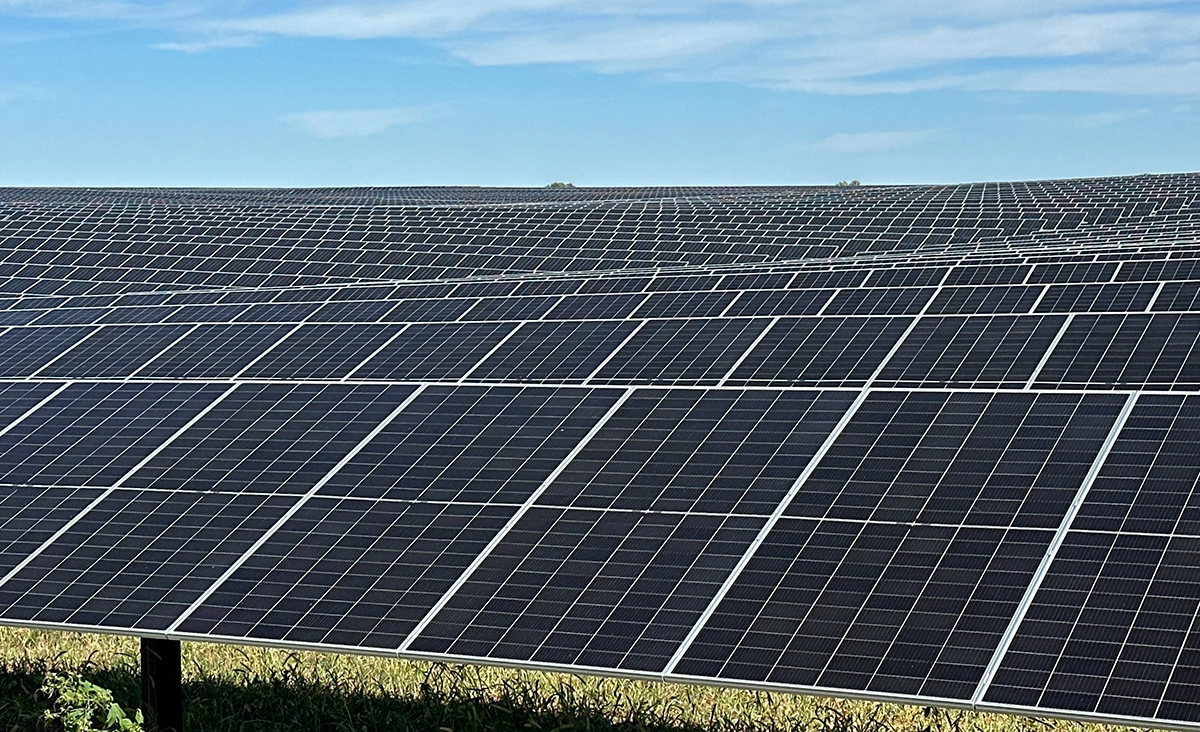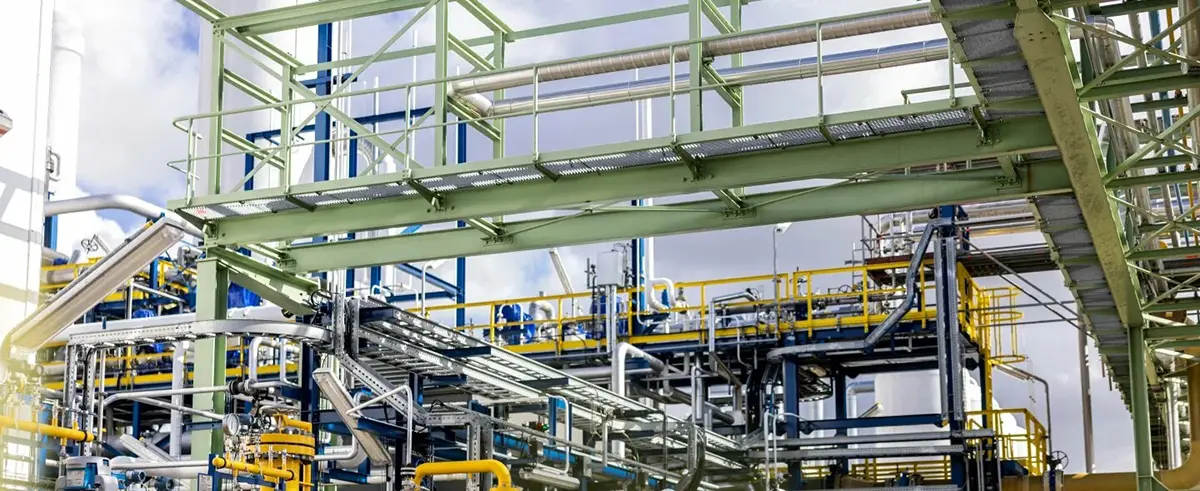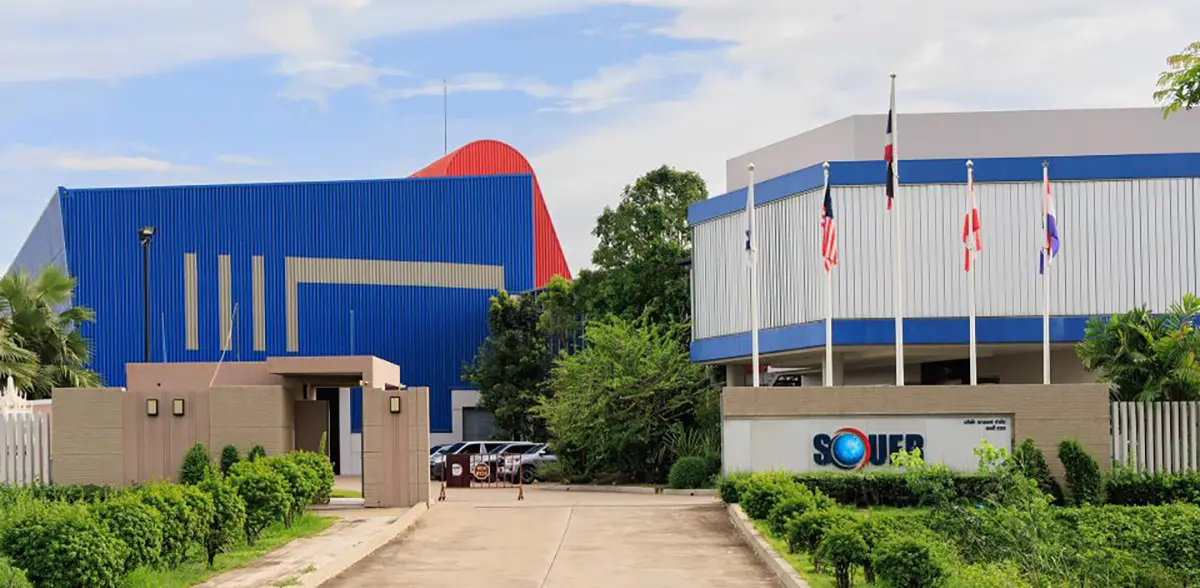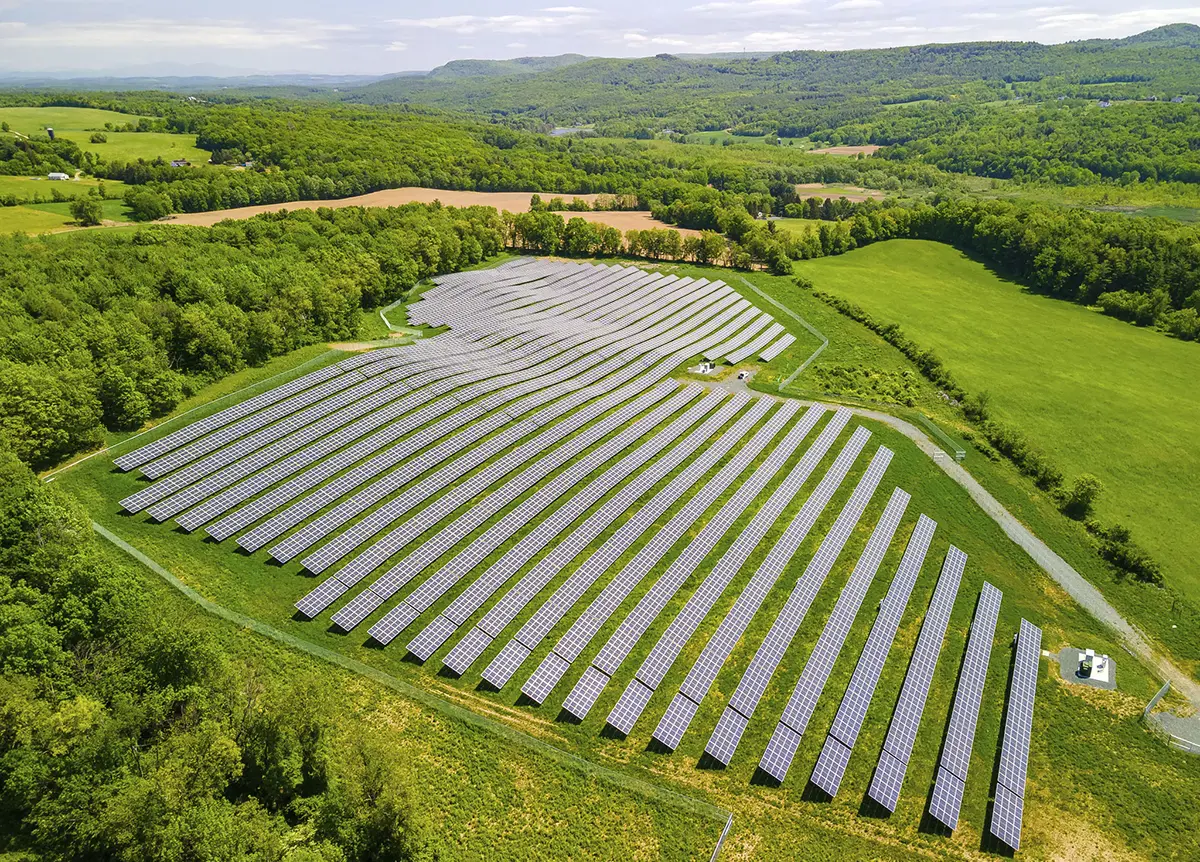
Toyota’s Long Anticipated Push Into Electric Vehicles Has Finally Arrived
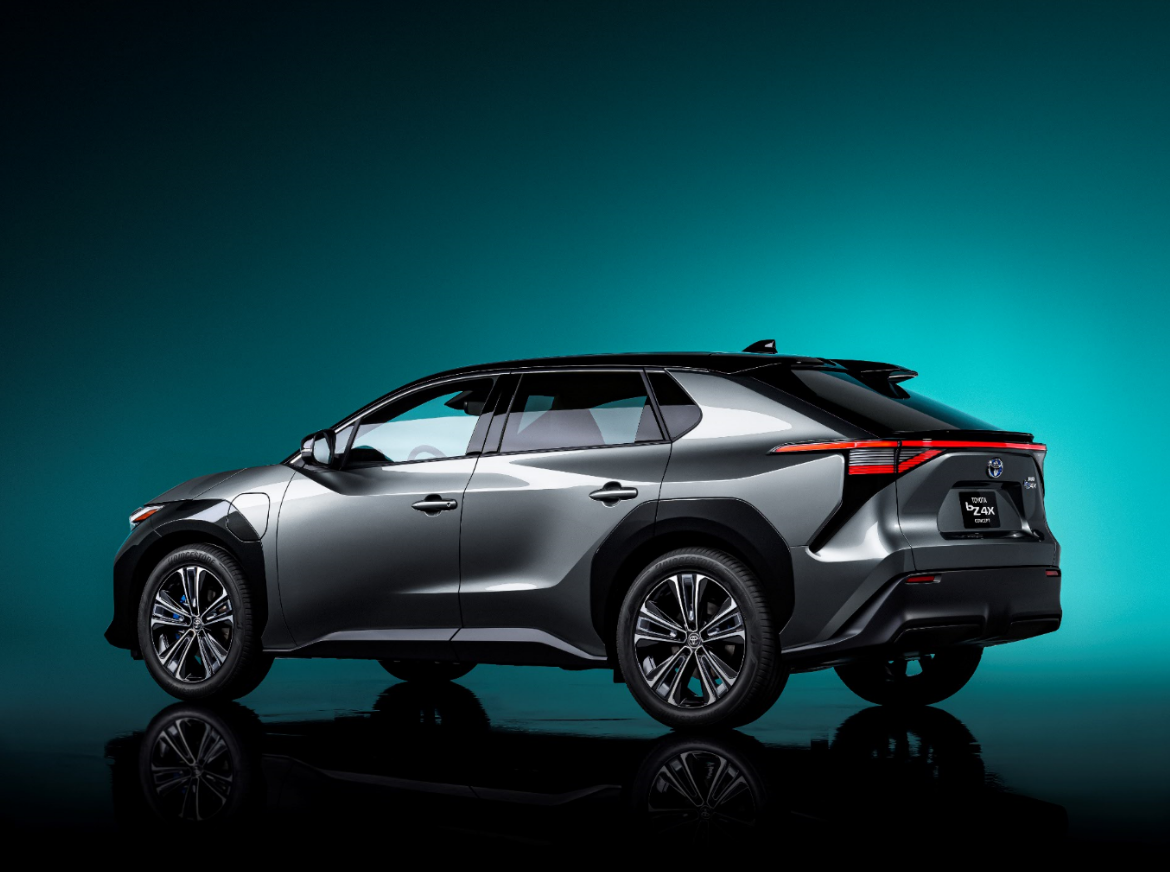
Toyota unveiled its new electric SUV, the bZ4X, at the Shanghai Motor Show on Monday, modeling the new electric vehicle (EV) after its popular RAV4. Toyota plans to introduce 70 EVs globally by 2025, 15 of which will be dedicated to battery electric vehicles (BEVs). The bZ4X will begin production in China and Japan with plans to sell worldwide by 2022.

The bZ Product Line
Seven of Toyota’s 15 planned BEVs are expected to be under the bZ brand moniker. “We’ve named our future BEV series that we’re developing, Toyota bZ — bZ stands for beyond zero,” said Masahiko Maeda, CTO of Toyota. “The first one of these, we developed with Subaru. We [are] announcing it for the first time in China, the most rapidly progressing country in car electrification. Now, as a mobility company, we want to provide everyone with freedom of movement and the joy of driving. Moreover, we want to aim further than just reducing negative impacts like CO2 emissions to zero.”

Toyota hinted at adding electric pickup trucks to its product line that include hybrid and BEV powertrains as part of its push toward becoming carbon neutral by 2050. “The Toyota bZ4X concept points to yet another option in our already robust electrified portfolio” said Bob Carter, Toyota Motor North America (TMNA) executive vice president of sales. “At Toyota, we are a human-centered company — the customer is our CEO and will ultimately decide which technologies will carry us toward a carbon neutral future. With investments and product offerings across the spectrum of electrification, we intend to be there with products and technologies that meet the diverse needs of customers around the world.”
The Toyota bZ4X SUV concept features a long wheelbase with short overhangs. According to Toyota, the open-concept interior is designed to enhance driver comfort and confidence on the road. Toyota believes that the low position of the instrument panel and the location of the meters above the steering wheel not only help expand the vehicle’s sense of space, but also help increase visibility to aid in safe and secure driving.

Awaken The Sleeping Giant
Despite being the world’s largest automaker by revenue, Toyota had been relatively quiet about its adoption of EVs. “In the years since we first introduced the Prius, we’ve not pushed forward with any single technology, instead preparing numerous options including fuel cell, hybrid, plug-in hybrid, and electric vehicles,” said Maeda.
Now for the first time, Toyota upper management is vocal about just how transformative EVs could become for mainstream consumers. However, Toyota’s real acceptance of alternative fuel-types started around 2018. It was then that Toyota’s president announced the transition from an automobile company to a mobility company.
“In 2020, we reflected on the path we’ve taken, and created a Toyota philosophy to guide us in the future,” said Maeda during a presentation on Sunday. “For the first time since our establishment, we have defined our mission. To work hard on creation and research, to stay ahead of the times, and enhance people’s lives and society. To give back to everyone, by putting future convenience and happiness captured by technology within their reach. This is Toyota’s mission, “producing happiness for all.” To fulfill this mission, we take perspective of our home planet, and think we need to consider what we can do for humankind to sustainably coexist with the Earth.”
Government Policy
Toyota is one of Japan’s crown jewels. With a market capitalization of over US$220 billion, it is the country’s most valuable company. Therefore, Toyota is somewhat pressured to adhere to Japanese policy. A big development came on October 26, 2020, when Prime Minister Yoshihide Suga declared that Japan would target carbon neutrality by 2050, with one of the key points being a complete reversal of Japan’s coal-fired power plant infrastructure. Coal accounts for over a quarter of Japan’s total energy consumption, making it one of the more coal-dependent developed countries.
In his address, Maeda called out stated climate targets as a big reason for Toyota’s push toward carbon neutrality. “Last year, movements toward carbon neutrality occurred in countries all over the world, with China setting 2060, and Japan and Europe setting 2050, as the years they aim to be carbon natural by.” However, Maeda took care to emphasize that nationwide carbon neutrality isn’t just about switching to renewables and making EVs. It’s about accountability checks throughout the integrated supply chain. “Carbon neutrality involves manufacturing, transport and use, recycling, and finally, disposal,” said Maeda. “It means trying to reduce the CO2 generated during the entire course of that “life cycle” to zero. To achieve this, you need industrial polices based on each country’s energy policy, as well as private sector efforts that are in line with them. We at Toyota too, are trying our utmost to contribute to achieving carbon neutrality.”
From Prius To Now
Toyota has gotten flak for what many consider to be a long overdue acceptance of the future of EVs. But the company deserves credit for its history of reducing CO2 emissions. In 1993, Toyota began its G21 project which set out to craft a car that would prevail in the 21st century. The result was the Prius, which in 1997, became the first mass-produced hybrid vehicle. “We think environmental vehicles become meaningful when they are widely used and contribute to reducing CO2,” said Maeda. “For that reason, we didn’t stop with one technology after launching the first Prius but have come up with various options like the HEV [hybrid electric vehicle], PHEV [plug-in hybrid electric vehicle], BEV, and FCEV [fuel cell electric vehicle] to implement the idea of contributing to reducing CO2. In areas rich with renewable energy and areas not yet [rich with renewable energy], customer needs differ due to their situation. Customers will choose mobility that’s easy to use and they want to ride in. As a result, [EVs] will become more widespread, and CO2 emissions will be reduced. Toyota believes this, so it thinks it should provide a full lineup of electrified vehicles. It started with the Prius, but now, its lineup consists of 45 HEVs, 4 PHEVs, 4 BEVs, and 2 FCEVs, ranging from passenger cars to commercial vehicles. Electrified vehicle sales have exceeded a total of over 17 million vehicles. CO2 emissions from new cars sold by Toyota have fallen by about 20% compared to 10 years ago.”
Renewable Portfolio
Maeda’s comments may sound surprising, but the reality is that Toyota is a leader in much more of the alternative car market than the headlines give it credit for. Over the last few years, arguably no company has captured the spotlight quite like Tesla. Today, its valuation exceeds US$700 billion, making it more valuable than Toyota, Volkswagen, Honda, Daimler, Ferrari, GM, and Ford combined. Tesla’s premium valuation despite its low profitability has pushed other manufacturers headfirst into EVs.
Meanwhile, Toyota has invested in several alternative technologies to build a broader portfolio that banks on multiple renewable trends. The company has more than a 40% share of the total alternative fuel vehicle market, which includes a 75% share of the fuel cell market and a 64% share of hybrids and plug-ins. However, EVs are starting to take center stage as Toyota’s main renewable effort. By 2025, its goal is to have 40% of new vehicle sales be electrified models, and by 2030, expects that to increase to nearly 70%. “We believe the fastest way to lower greenhouse gases in the transportation sector is to offer drivers lower carbon choices that meet their needs,” said Gill Pratt, chief scientist of Toyota Motor Corporation and CEO of Toyota Research Institute. “At every price point and with multiple powertrains, we can put more people in cleaner automobiles across North America to have the greatest near-term impact on total carbon emissions.”
According to Toyota, the hybrid vehicles it has sold have avoided an estimated 139 million tons (126 tonnes) of greenhouse gas (GHG) into the atmosphere, around one third of which would have occurred in the United States.
Other Developments
Another big announcement was that Toyota and Lexus models will have an electric option by 2025. Toyota is also developing a dedicated BEV platform, e-TNGA, that offers flexibility for all drive configurations. “We’ve developed a specialized BEV platform to meet customers’ needs, with various sizes, and multiple variations of styles,” said Maeda. “Providing this many options is difficult for us to do by ourselves. It was jointly developed with our expert partners [Subaru, Suzuki, BYD, and Daihatsu] sharing our beliefs about manufacturing in their fields. By utilizing all of our strengths, a BEV with new value can be created. By cooperating with energy policies promoting renewable energy, the range of choice will be expanded, and we can contribute to reducing CO2 emissions even more.”
“We continue to be leaders in electrification that began with our pioneering introduction of the Prius nearly 25 years ago,” said Carter. “Toyota’s new electrified product offerings will give customers multiple choices of powertrain that best suits their needs.”
In addition to the comments discussed, Toyota has issued the following formally stated goals:
-
- Reduction in CO2 from the company’s operations, products, and vehicle lifecycle — including logistics, suppliers, and dealers
- Reduction in overall water use per unit of vehicle production by 3% from a 2020 baseline
- Reduction of procurement of plastic packaging materials by 25% from a 2018 baseline
- Development of third party validated onsite habitat management policy by 2021 and begin implementation in 2022.

